Director
|
|
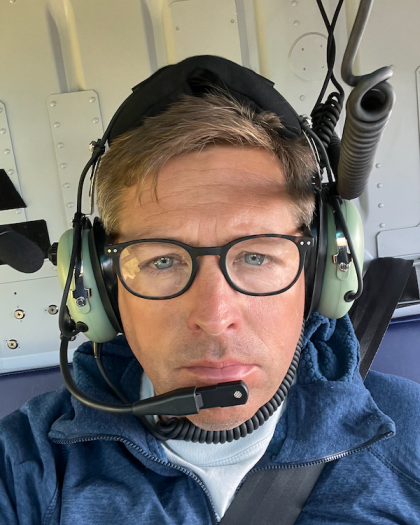 |
Centre Leader Professor Jostein Bakke, Department of Earth Science, UiB. Bakke is a Professor of Quaternary Geology at the University of Bergen and a leading expert in paleoclimate research, glacial geomorphology, and sedimentary archives. With over two decades of experience in Polar and alpine fieldwork, his research has focused on reconstructing past climate variability using lake sediments and glacier fluctuations, with a growing emphasis on geohazards such as flooding and avalanches. He has authored more than 80 peer-reviewed publications, including in Nature and Science, and his work has been cited over 5,000 times. |
| |
Principal Investigators and Work Package Leaders
|
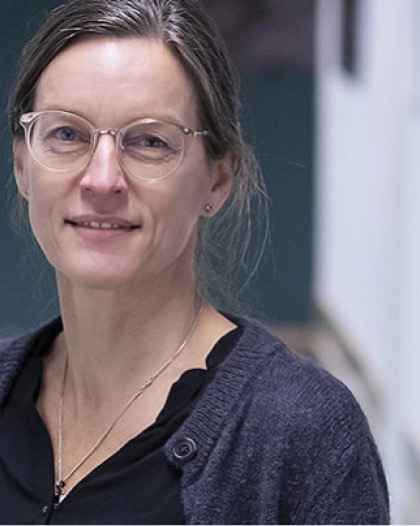 |
Professor Vigdis Vandvik, Department of Biological Sciences, UiB. Vandvik is professor of plant ecology and leads the CeSAM Centre for Sustainable Area Management. Her research focuses on how climate change and other global change drivers affect plants, vegetation, and ecosystems across different spatial and temporal scales. Her research group – Between The Fjords Lab – combines field and lab experiments with observational data and functional ecology approaches to understand patterns and processes underlying global change responses. Her main field systems are mountain and coastal ecosystems. Vandvik is active in science communication and dissemination related to the conservation and management of biodiversity and ecosystem services. She has contributed in the science-policy interface through work with nature management and conservation authorities in Norway and as a Coordination Lead Author for the Intergovernmental Panel on Biodiversity and Ecosystem Services (IPBES). |
| |
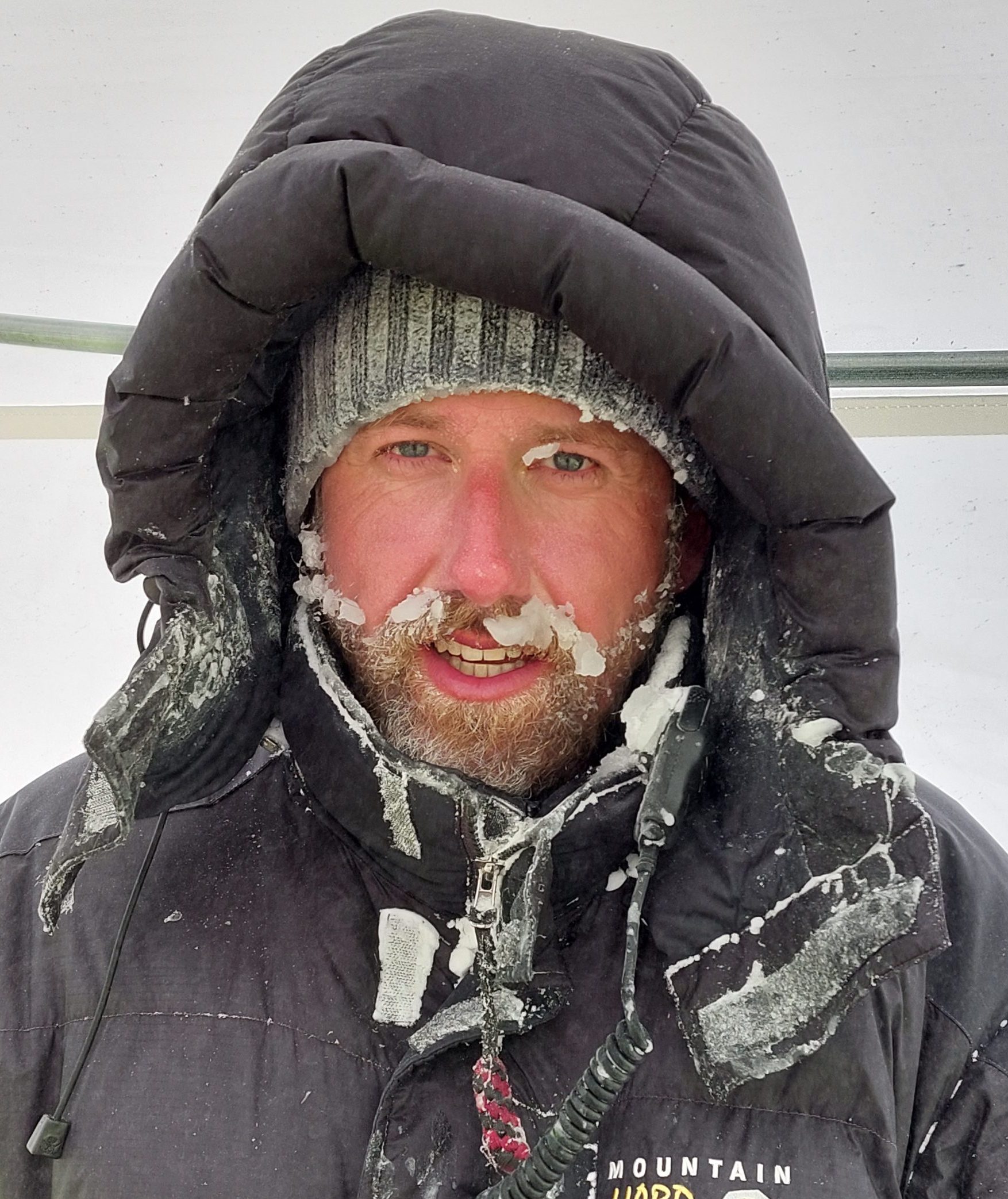 |
Professor Hans Christian Steen-Larsen, Geophysical Institute, UiB. Steen-Larsen is Professor in Experimental Polar Meteorology and Climatology and an ERC Grantee. He is an expert in the use of water stable isotopes to study processes in the atmospheric hydrological cycle and quantify past climate variability from ice core records. His research focuses on the interactions between snow and the atmosphere, as well as snow processes. He leads the SNOWISO water stable isotope laboratory, which focuses on making state-of-the-art measurements of liquid and vapor isotopes. He has conducted field campaigns in Greenland, Antarctica, and on the Tibetan Plateau, and has been instrumental in obtaining high-quality water vapor isotope measurements from around the world. His research is bringing together model simulations, field observations, and laboratory experiments. |
| |
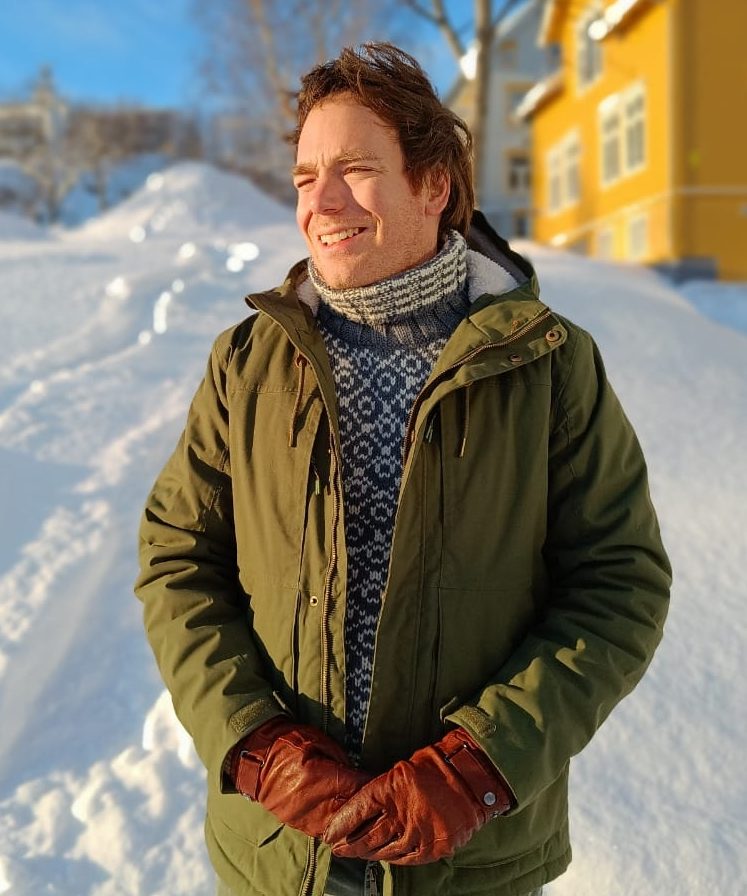 |
Associate Professor Benjamin Aubrey Robson, Department of Earth Science, UiB. Robson specialises in studying glacial and periglacial environments through a range of remote sensing and geomatic techniques. He use a variety of methods and datasets to characterise and quantify how the cryosphere is changing in a variety of catchments in Norway, Chile, and Nepal. His expertise encompasses a variety of analytical tools and approaches, such as machine learning, image classification, photogrammetry, structure from motion, and synthetic aperture radar. He have applied these methods to interpret complex geospatial data and quantify cryospheric changes. He am interested in combining various geospatial datasets such as aerial and satellite imagery, unmanned aerial vehicle point clouds, and laser scanning data in order to quantify rates of change. |
| |
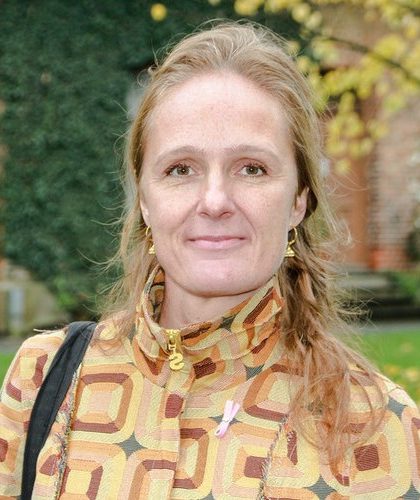 |
Professor Inger Elisabeth Måren, Department of Biological Sciences, UiB. Måren is professor in applied ecology and UNESCO Chair on Sustainable Heritage and Environmental Management – Nature and Culture. Måren’s background is multi-disciplinary, and her research focuses on processes and dynamics in social-ecological systems, including sustainable land-use, natural resource management, ecosystem services, agroecology, and sustainable food systems. She works both in the global north and south and has a clear development perspective in her research, reflected in several international cooperation networks in Africa and Asia. Måren works with colleagues across the social and natural sciences to elucidate links between anthropogenic activities and the environment to unravel social-ecological complexities in real-world contexts. |
| |
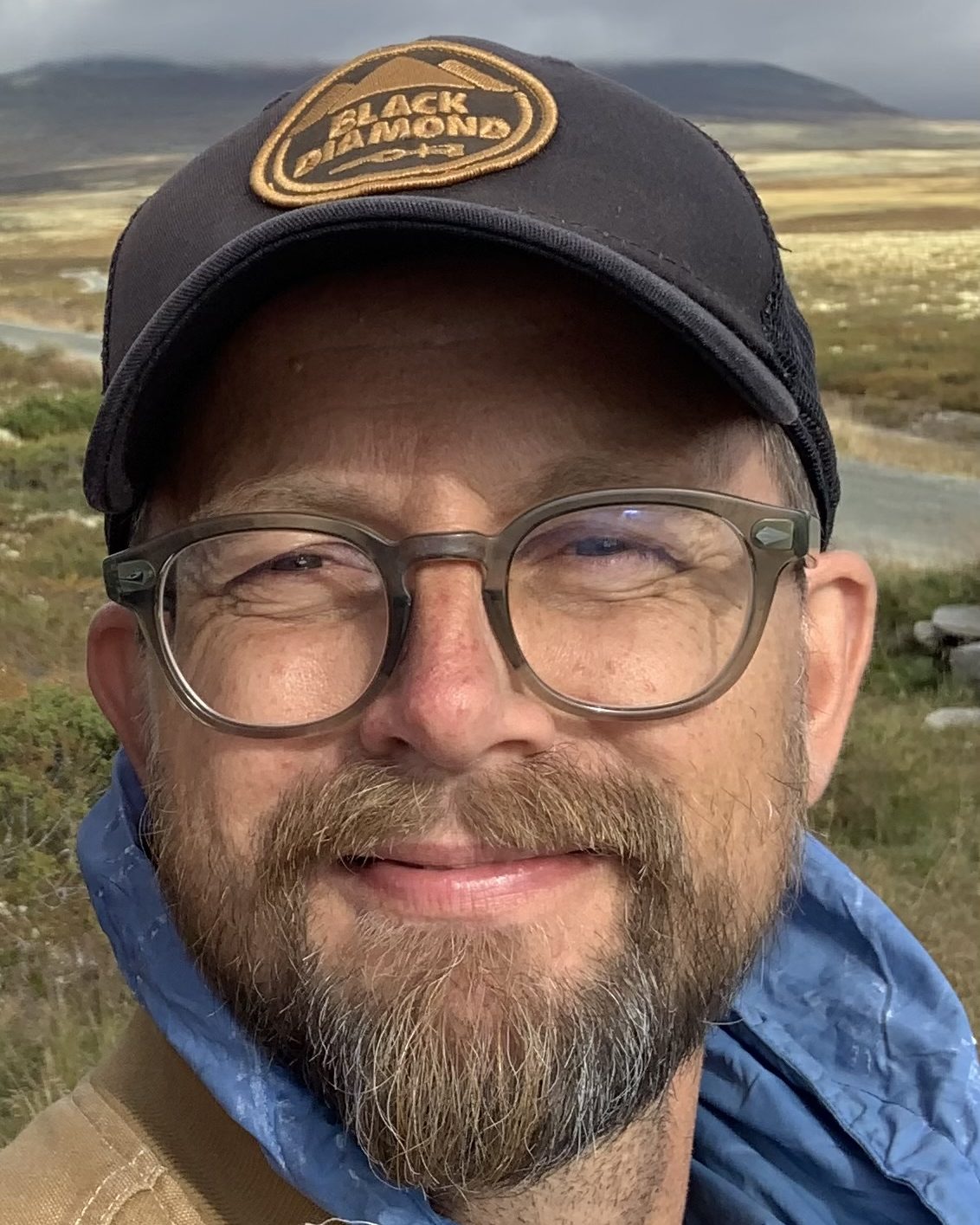 |
Senior Scientist Øyvind Paasche, NORCE Norwegian Research CentrePaasche is the Head of the Climate Dynamics Department at NORCE and Director of Climate Futures. Paasche’s research focuses on past and present climate dynamics, with a particular emphasis on high-latitude regions. In recent years, he has developed a strong interest in how scientific data is communicated, interpreted, and applied by stakeholders and policymakers. |
| |
 |
Senior Researcher Lu Li, NORCE Norwegian Research Centre. Li is a hydrologist with over 15 years of experience in hydrological and regional climate modeling, specializing in glacier- and snow-hydrology, floods, climate change impacts on hydrology and uncertainty estimation. She seeks to improve the understanding of past, present and future hydrological cycle, change and variability at local to regional scales. Her work focuses on the physical mechanism driving hydrological response to internal and external forcings, and on evaluating the impacts on human and natural systems. |
| |
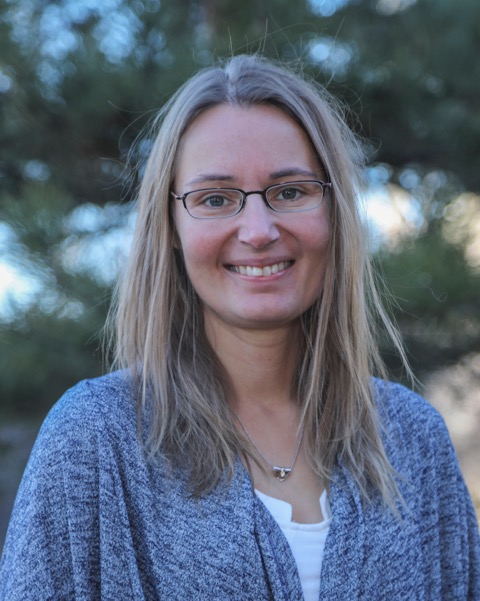 |
Pontoppidan is the Research Director of the Regional Climate and Climate Services research group at NORCE. Her work focuses on regional climate changes, with a particular interest in precipitation and physical climate risk, using advanced regional climate models as tools. In recent years, Pontoppidan has been extensively involved in cross-disciplinary projects, integrating climate research and regional climate modeling into a wide range of interdisciplinary studies. |
| |
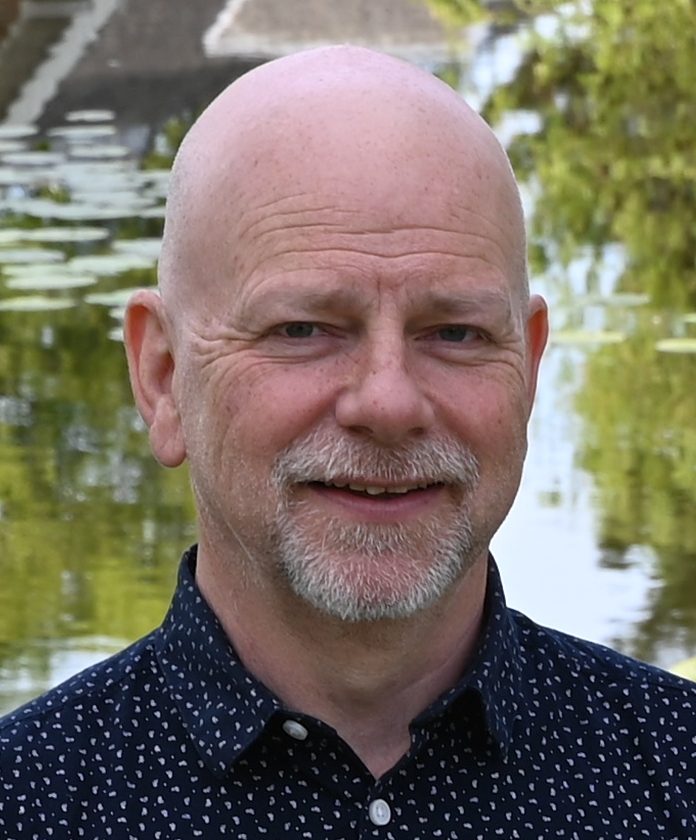 |
Professor John-Arvid Grytnes, Faculty of Environmental Sciences and Natural Resource Management, Norwegian University of Life Sciences (NMBU). Grytnes is a professor in plant ecology at the Norwegian University of Life Sciences specializing in biodiversity dynamics and species responses to environmental change. His current research focuses on understanding how species and ecosystems respond to human-driven environmental pressures, particularly climate change. A core part of this work involves leveraging historical ecological datasets and conducting resurveys to assess changes in species distributions and community composition over time. In addition, he has worked extensively on biodiversity patterns in mountain areas using both macroecological and fine-scale approaches. |
| |
Administration and Technicians
|
 |
Head Engineer Jan Magne Cederstrøm, Department of Earth Science, UiB. Cederstrøm is lab manager for EARTHALB at the University of Bergen. His role involves ensuring reliable infrastructure, supporting research activities and fieldwork, and implementing solutions that enhance efficiency and quality. |
| |
 |
Staff engineer Kristoffer Eikehaug, Department of Physics and Technology and Department of Earth Science, UiB. Eikehaug assists with weather station design and deployment using his skills as welder and carpenter. |
| |
PhD students
|
 |
PhD candidate Yiyao Chen, Department of Earth Science, UiB. Chen is a PhD candidate developing deep-learning methods to generate high-resolution time series snow-depth from satellite and environmental observations. Her work focuses on building a data-driven framework that combines satellite imagery, meteorological information, and terrain data to produce detailed and continuous snowpack maps for Western Norway. She is currently developing the deep-learning framework and data foundation needed to generate continuous, high-resolution snow-depth maps over time. Her research supports improved understanding of snowpack variability and its implications for hydrology, natural hazards, and climate-related decision-making. |
| |
 |
PhD candidate Elise Lie, Department of Earth Science, UiB. Elise is a PhD Candidate in Photogrammetry and Remote Sensing of the Cryosphere at the University of Bergen. Her research focuses on using AI to automate the processing of archive aerial imagery of Norwegian glaciers and quantifying long-term changes in glacier area and volume. She is also planning on using repeat UAV surveys to study seasonal variations in mass balance of select glaciers and compare the results to in-situ field measurements. |
| |
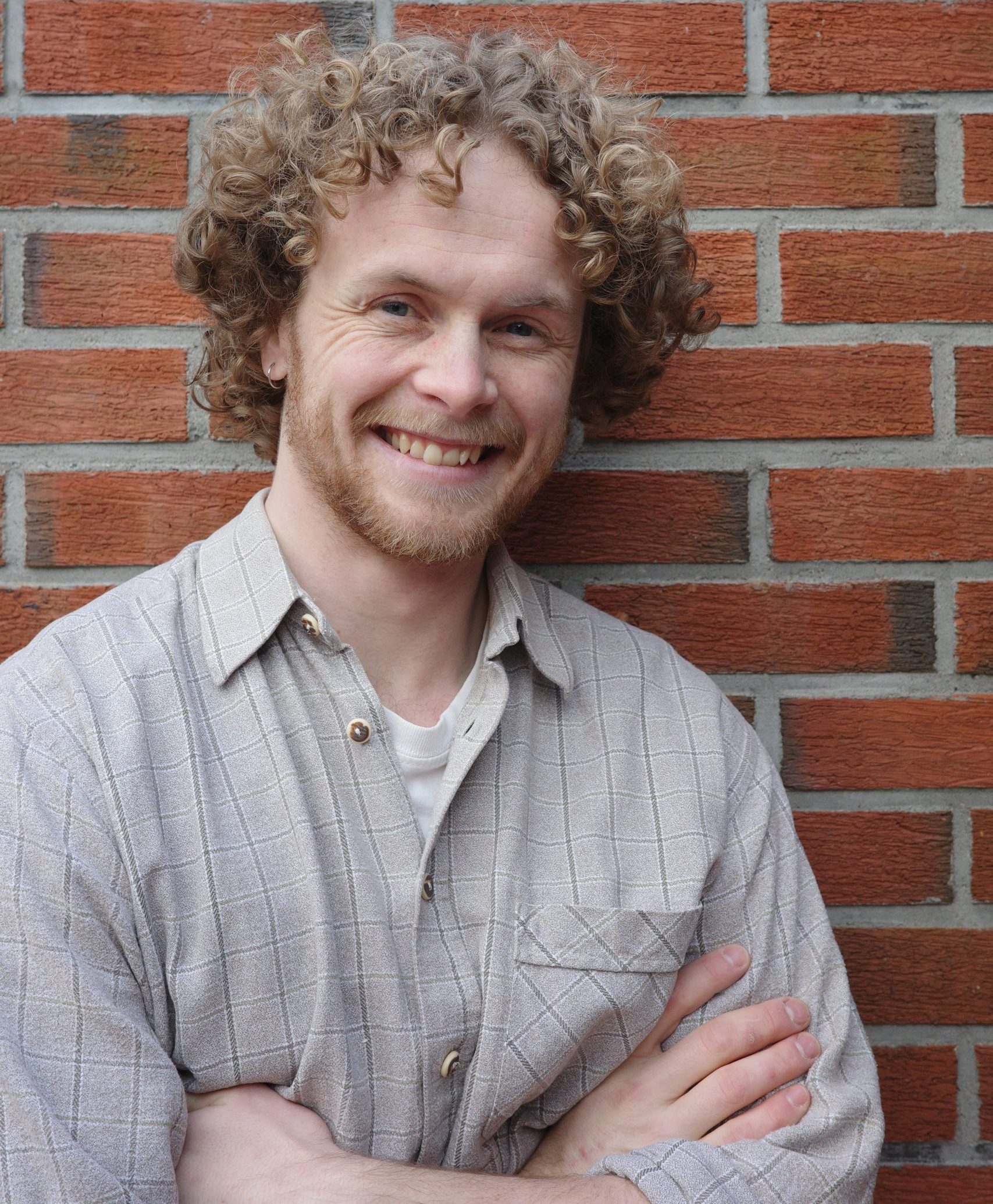 |
Incoming PhD candidate Fergus Dal, Department of Earth Science, UiB. Dal is passionate about remote sensing and mountain landscapes, with experience in mapping avalanches and glacial lakes using deep learning. His background is grounded in geospatial analysis, applying advanced methods to extract information from complex mountainous terrain. He holds a Master of Science in Geomatics with a specialisation in remote sensing, and focuses on using deep learning approaches to study and understand high-altitude environments. |
| |
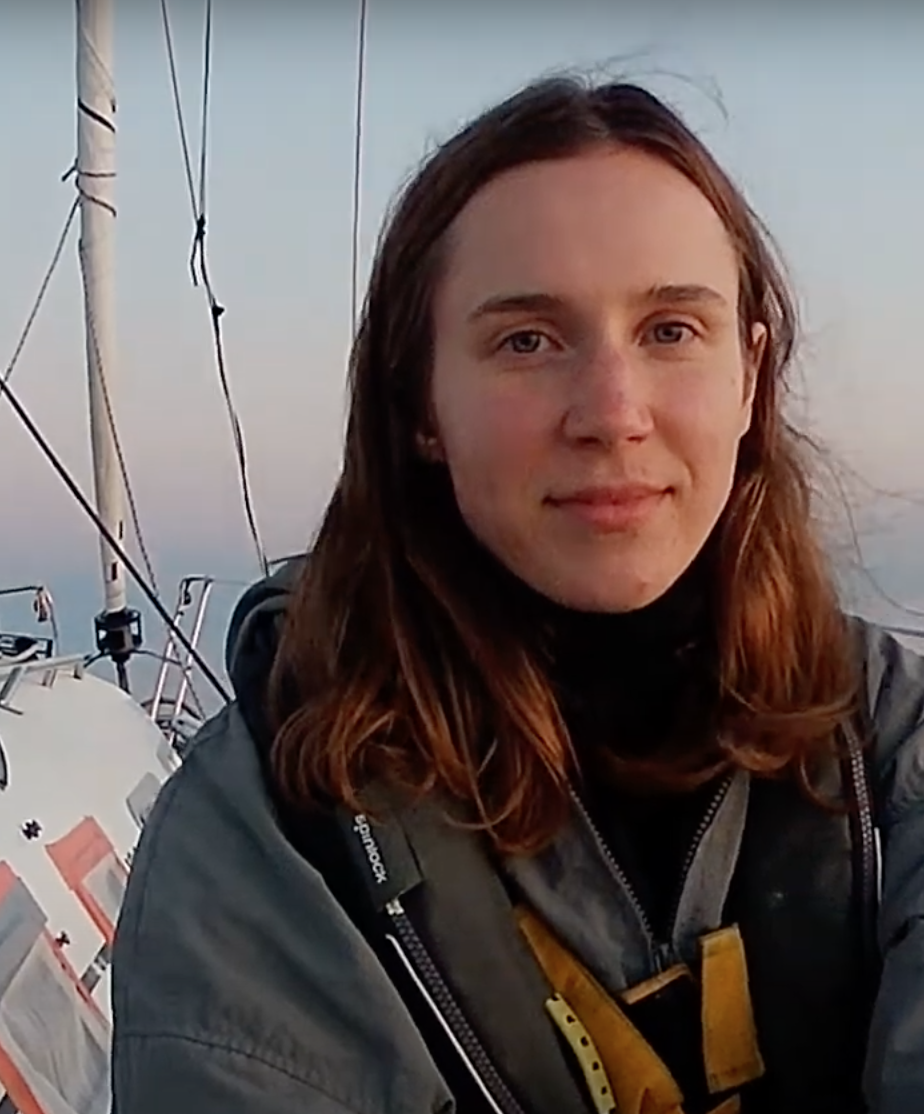 |
Incoming PhD candidate Polina Sevastyanova, Geophysical Institute, UiB. Sevastyanova will focus her PhD on the drivers influencing the surface mass and energy balance of coastal ice caps in Norway, utilising a combinationof in situ and remote sensing observations. She will develop and deploy a comprehensive field observational campaign on Folgefonna, a coastal ice cap in Western Norway, to establish an Earth System Model snow intercomparison dataset. |
| |
 |
Incoming PhD candidate Bigna Lu Abderhalden, Department of Biological Sciences, UiB. Bigna will focus her PhD on perceptions and valuations of mountains in change and how to strenghten socio-ecological resilience in mountian regions. This will include various methods of co-production of knowledge and stakeholder involvement. With a background in landscape planning and ecology she is passionate about the relationship of humans with their surrounding environment. |
| |
Senior Scientists
|
 |
Associate Professor Pål Ringkjøb Nielsen, Department of Earth Science, UiB. Nielsen is an Associate Professor in Quaternary Geology at the University of Bergen and has a broad research background in quaternary geology, paleoclimatology, paleohydrology, and aeolian and glacial processes. His research has primarily focused on Norwegian environments, with extensive fieldwork experience along the Scandinavian mountains. Most projects employ a multiproxy approach, emphasizing sediment core analyses, GIS applications, geological mapping, and statistical modeling. Beyond Norway, Nielsen has contributed to international research initiatives in the Himalayas and Chile to advance understanding of past climate and environmental dynamics. |
| |
| |
|
| |
|
| |
| |
|
| |
| |
|
| |
|
| |
| |
|